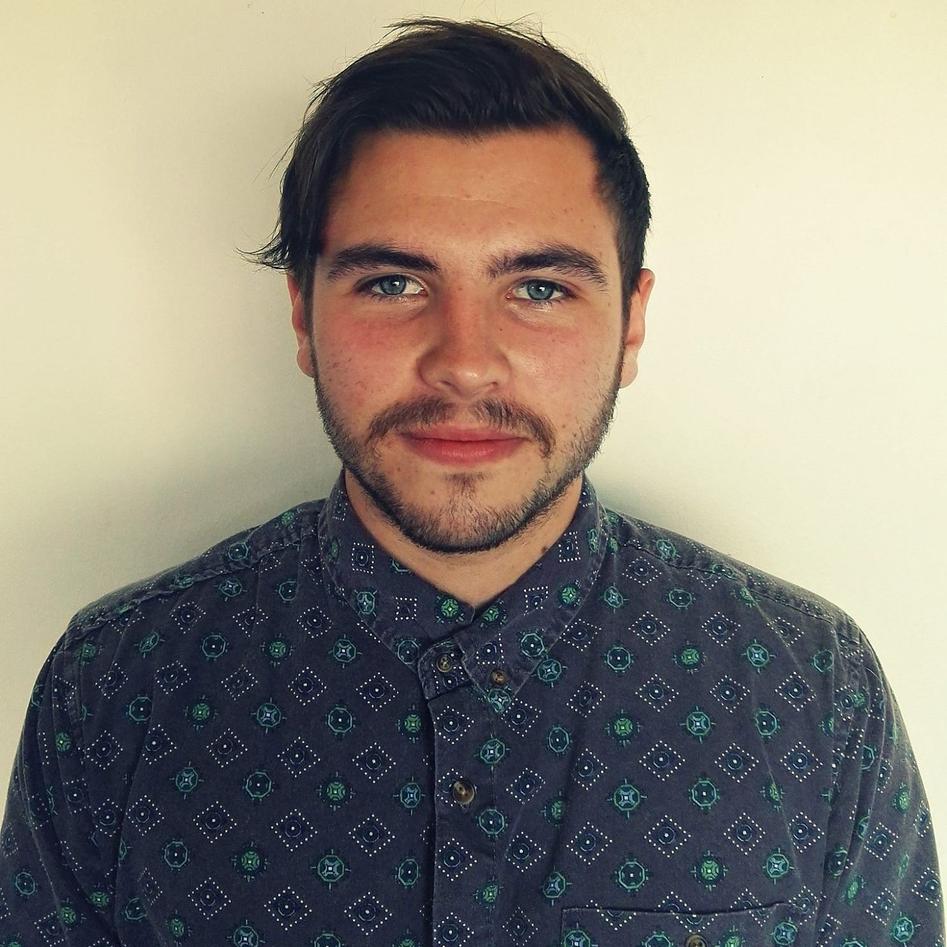Øystein Holmelid
Simulated Night Work, Sleep-Wake Changes and Markers of Brain Plasticity
Hovedinnhold
Abstract
Night work occurs in time windows when the body is primed for sleep and the opportunity to sleep when the body is primed for wake. This affects sleep and wakefulness patterns and cognitive functioning. I used an animal model to simulate night work and examine sleep and wakefulness changes. I additionally examined whether sleep and wakefulness could predict translational- (pS6K1, pBMAL1 and peIF4e) and plasticity markers (BDNF, Arc and NPAS4) implicated in cognitive performance.
3 days of night/day work was simulated by exposing male rats to forced activity in automatically rotating wheels for 8 hours during their rest phase (rest workers, n = 9) or active phase (active workers, n = 6). Sleep and wakefulness was telemetrically measured by electroencephalography and electromyography during the work period. Two hours after the last work day, the prefrontal cortex was dissected and analyzed for protein expression.
Relative to active workers, rest workers had a steeper incline in slow wave energy during wakefulness, suggesting a higher sleep drive. Between shifts, rest workers spent less time in non-rapid eye movement (NREM) sleep and restorative functions of NREM sleep were impaired. peIF4E and BDNF was predicted from NREM sleep episode lengths. BDNF was additionally predicted from slow wave activity during wakefulness and NPAS4 from number of waking episodes. Interestingly, no predictive power for BDNF was found at the group level.
Collected data replicates previous sleep, wakefulness and protein data from the shift work model, providing it reliability. The results further indicate that sleep and wakefulness parameters may predict cortical protein levels.
This master’s project was part of the project:
Consequences of night shift simulation on waking performance, sleep, circadian rhythmicity and brain function.
Supervisors
Main supervisor Janne Grønli
Co-supervisor Andrea Rørvik Marti
Co-supervisor Torhild Pedersen
